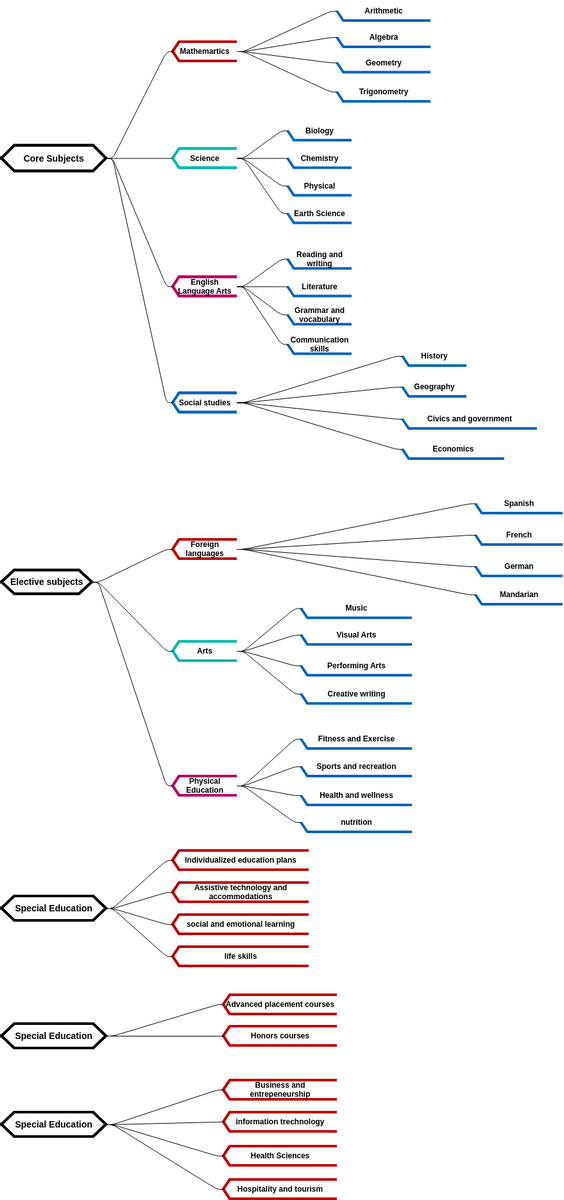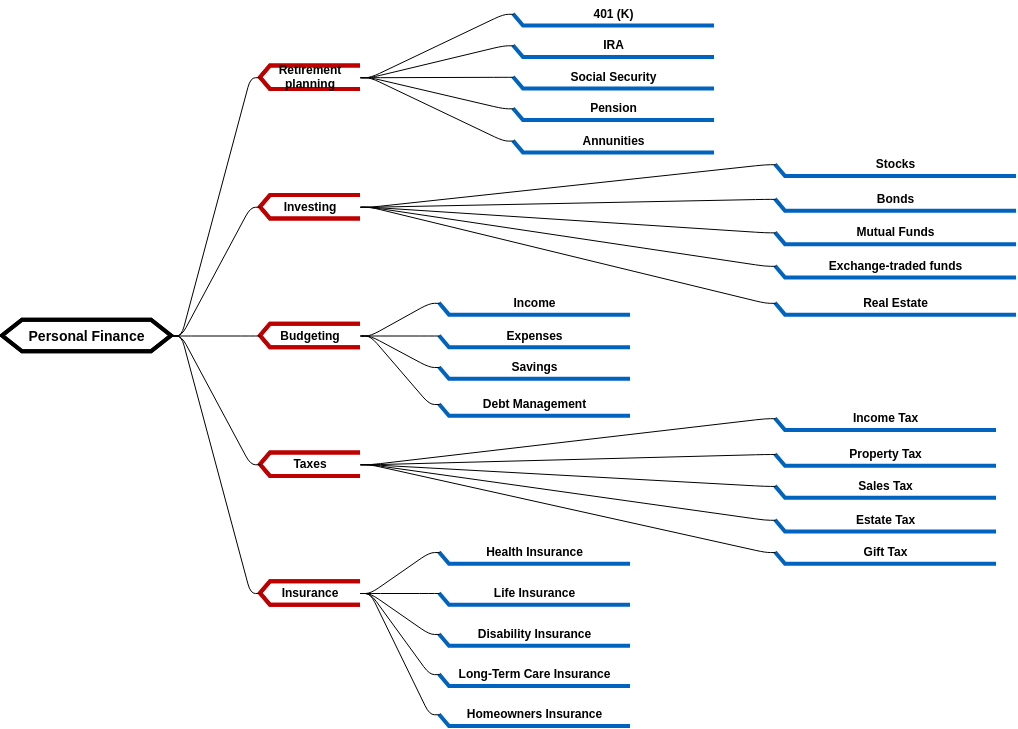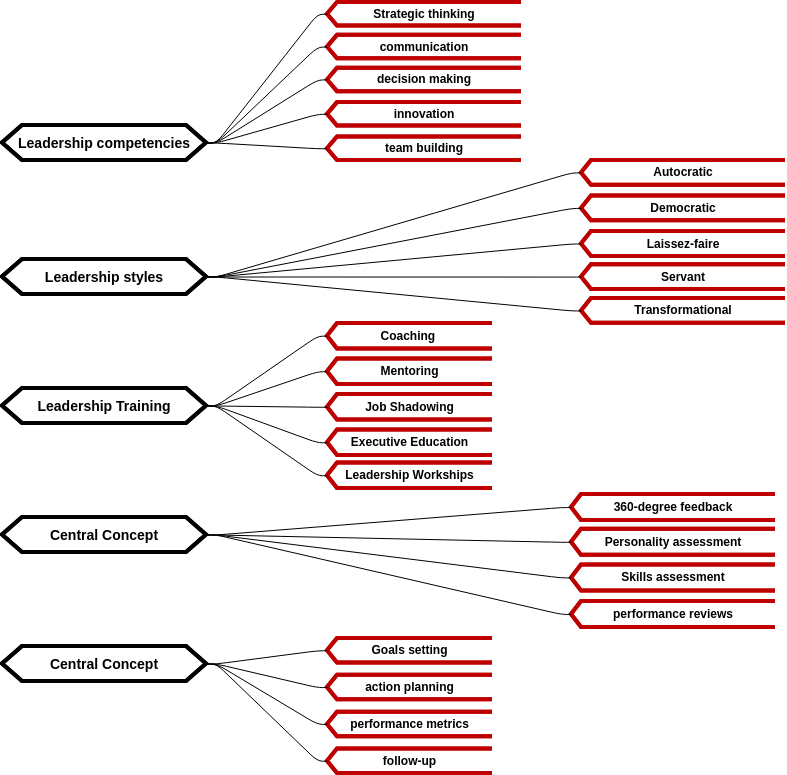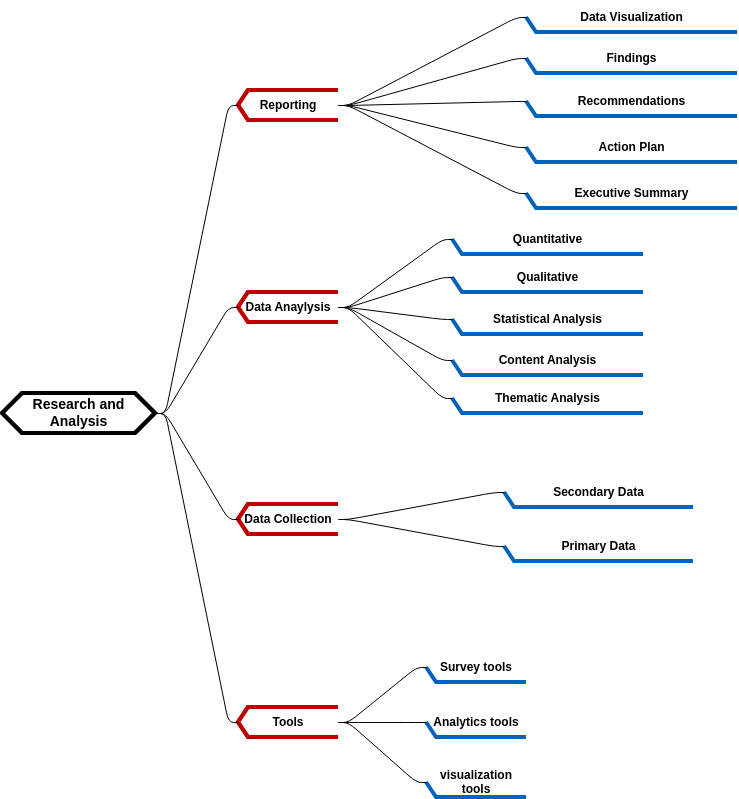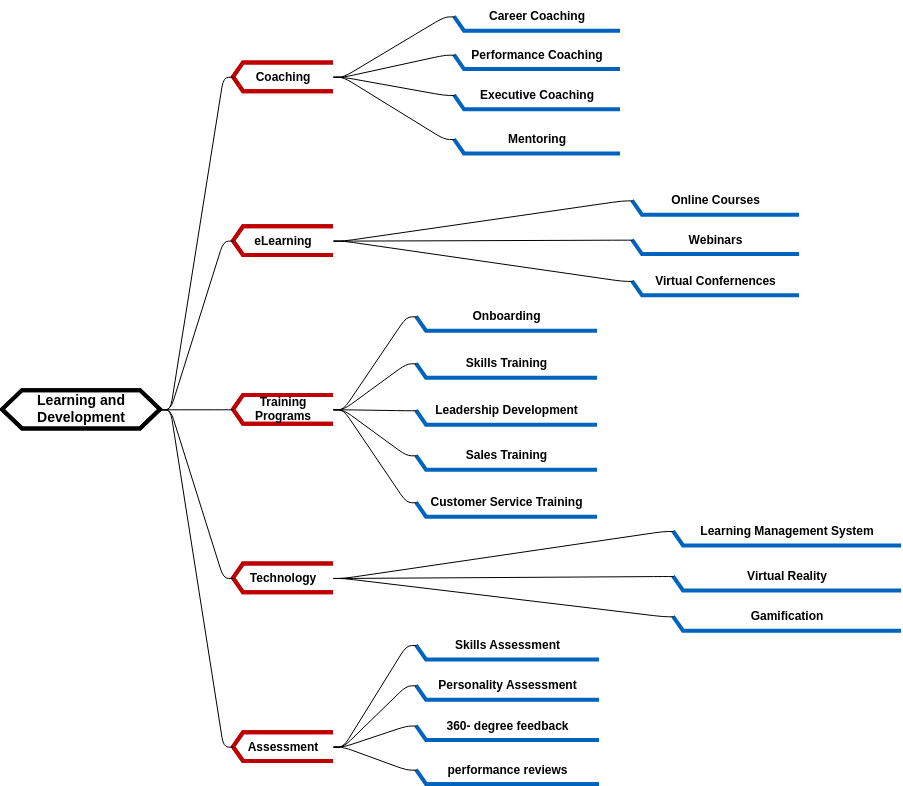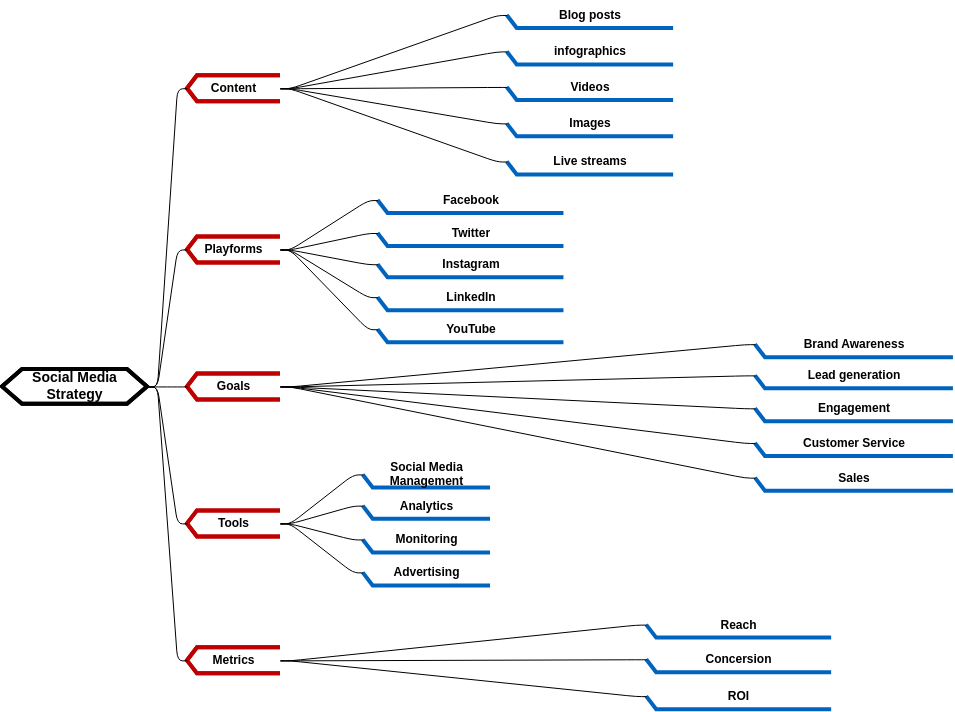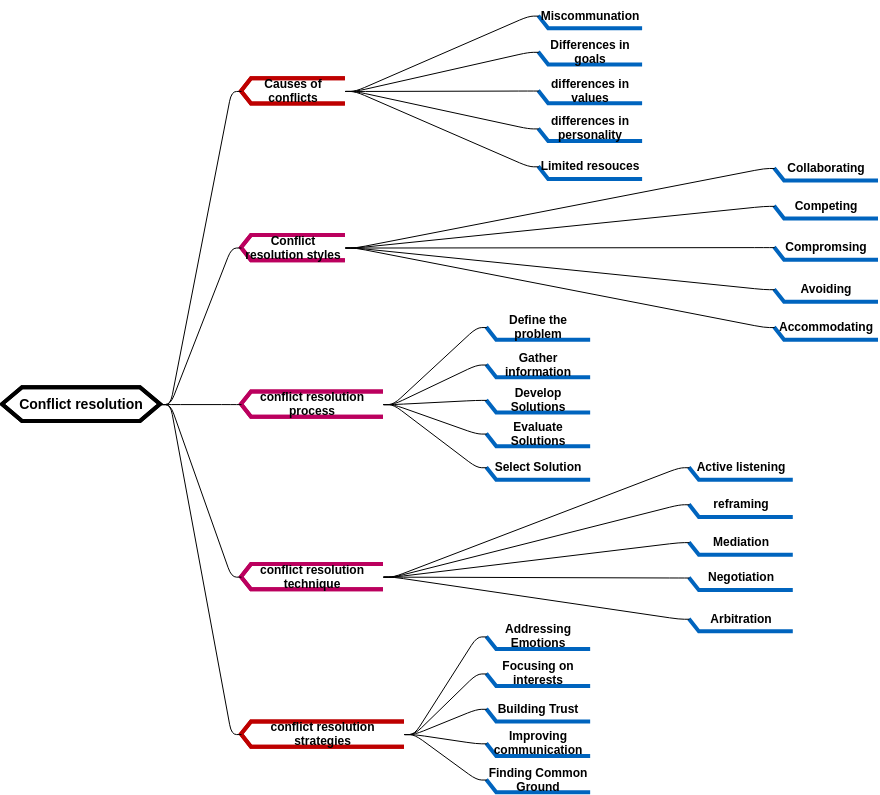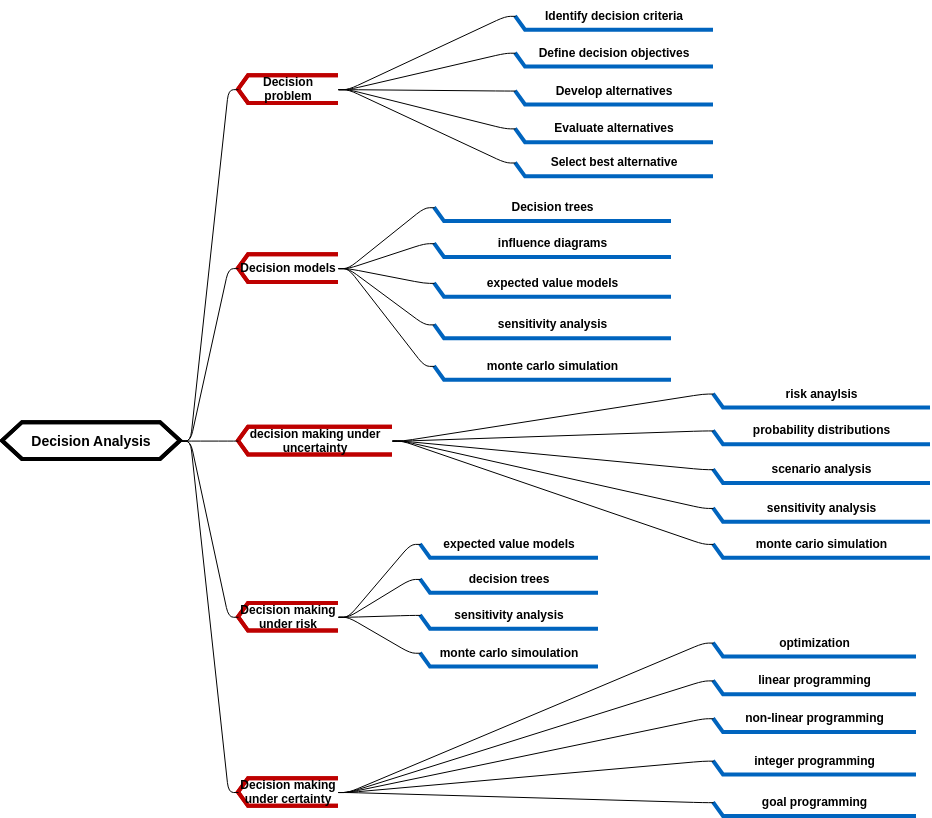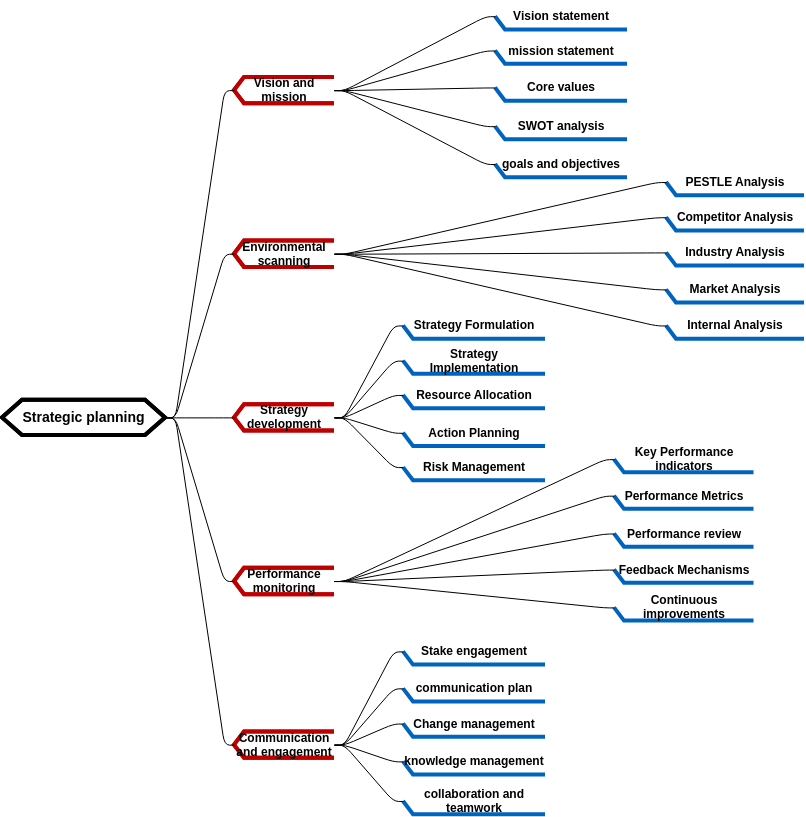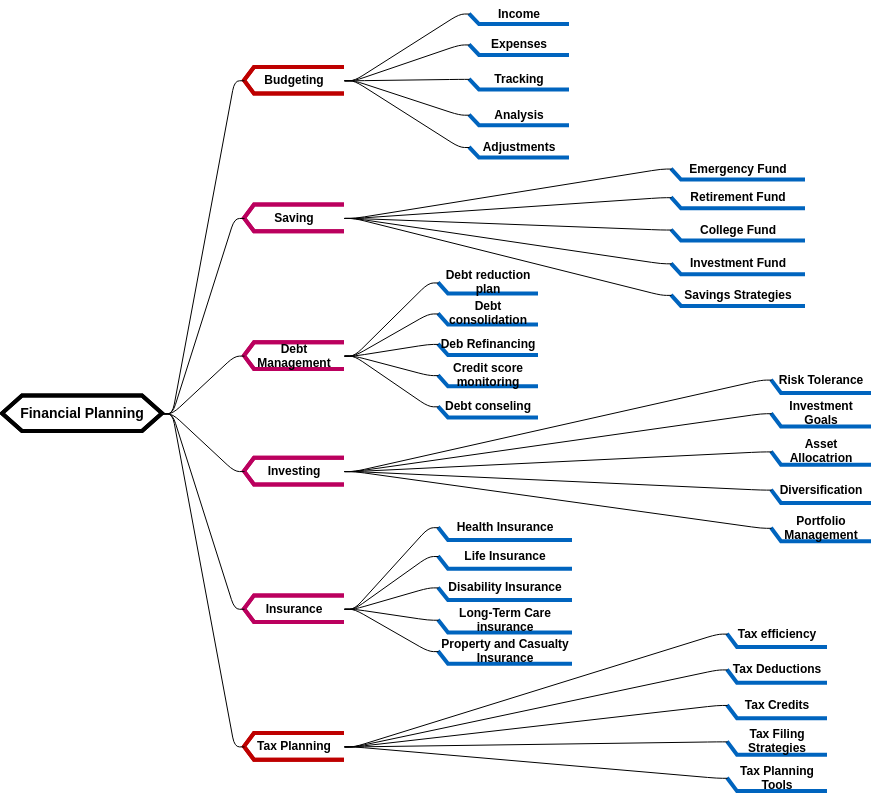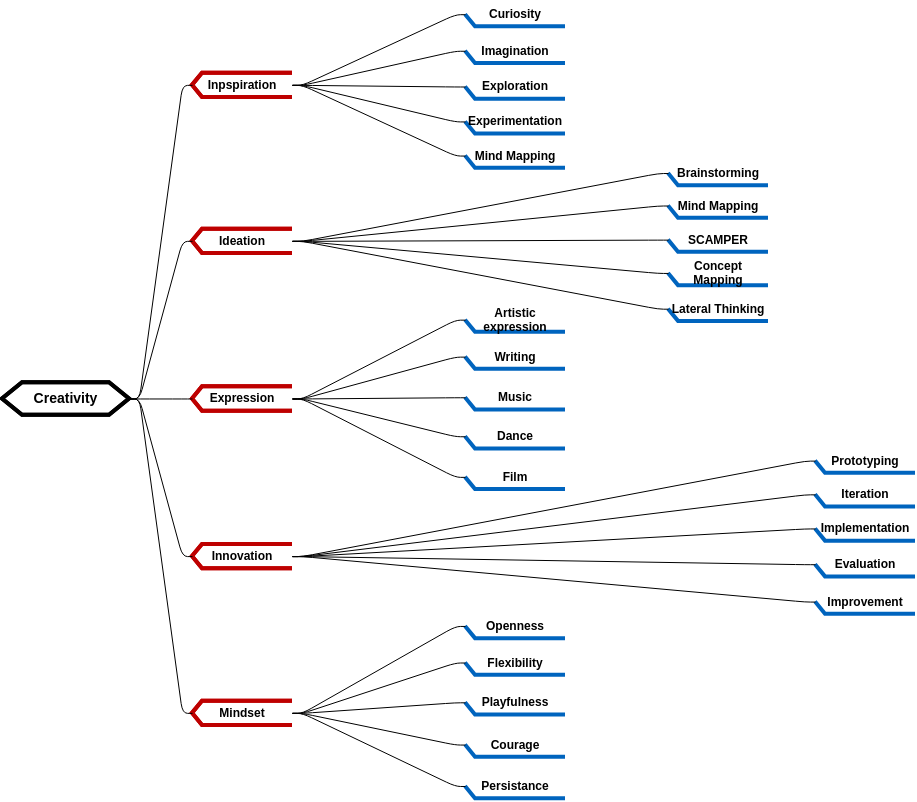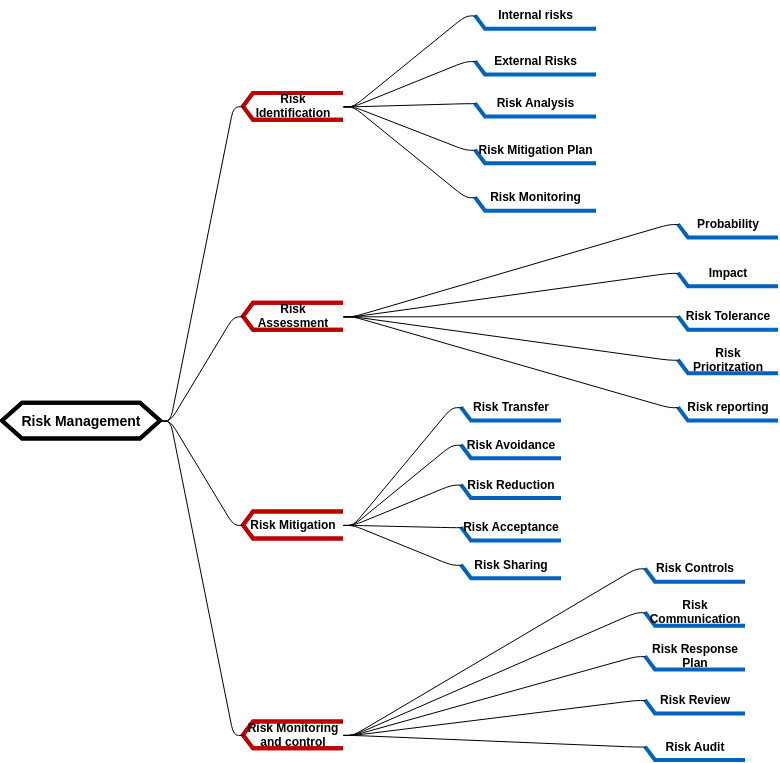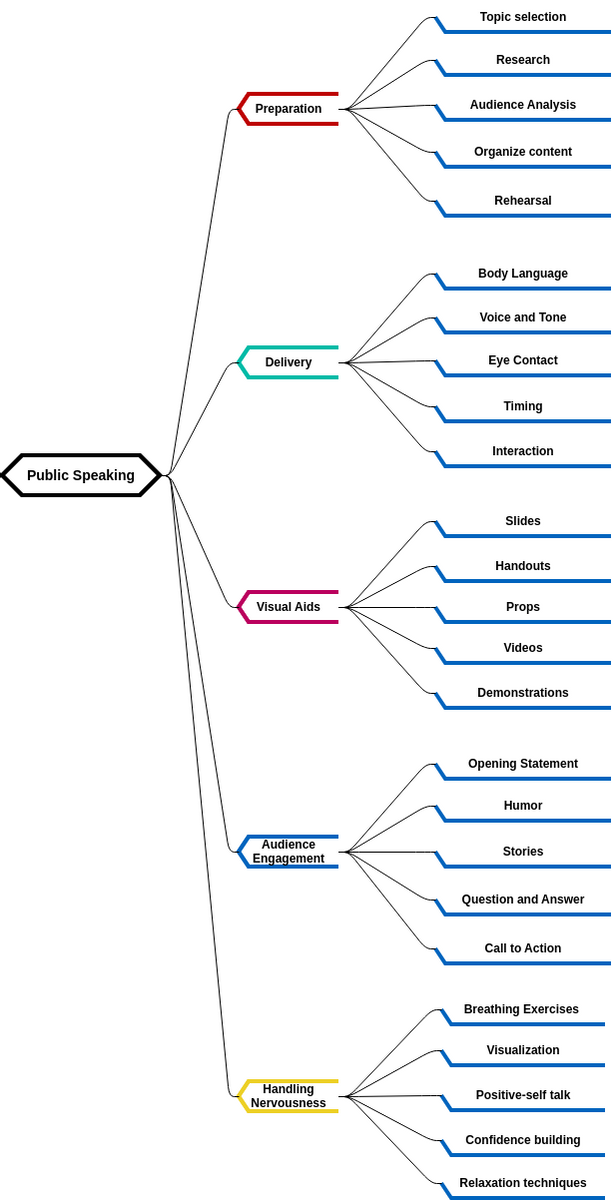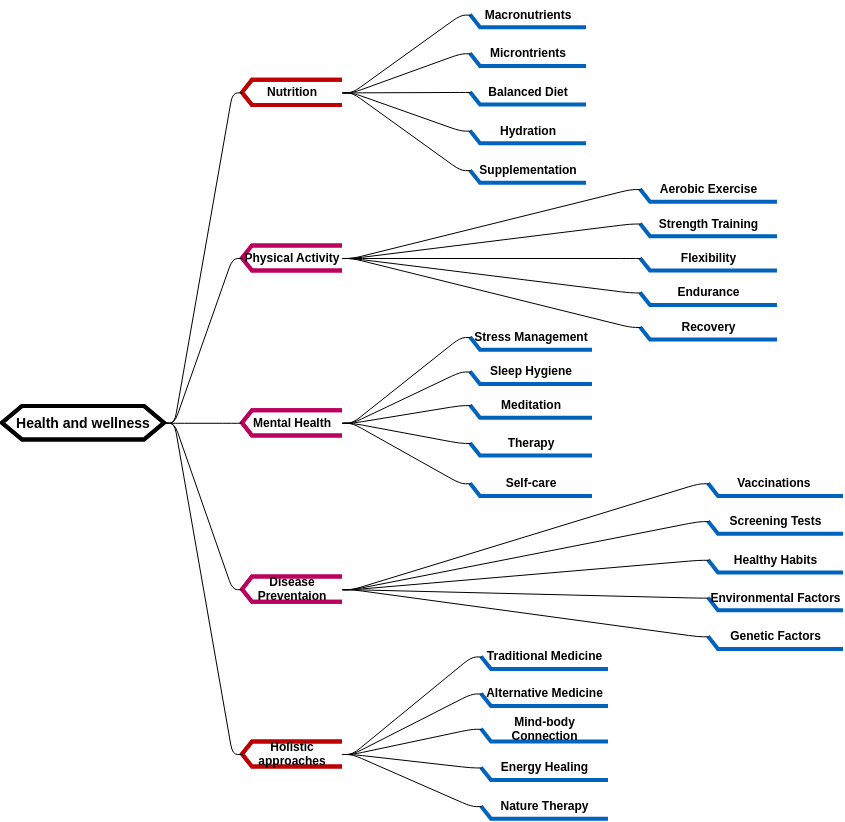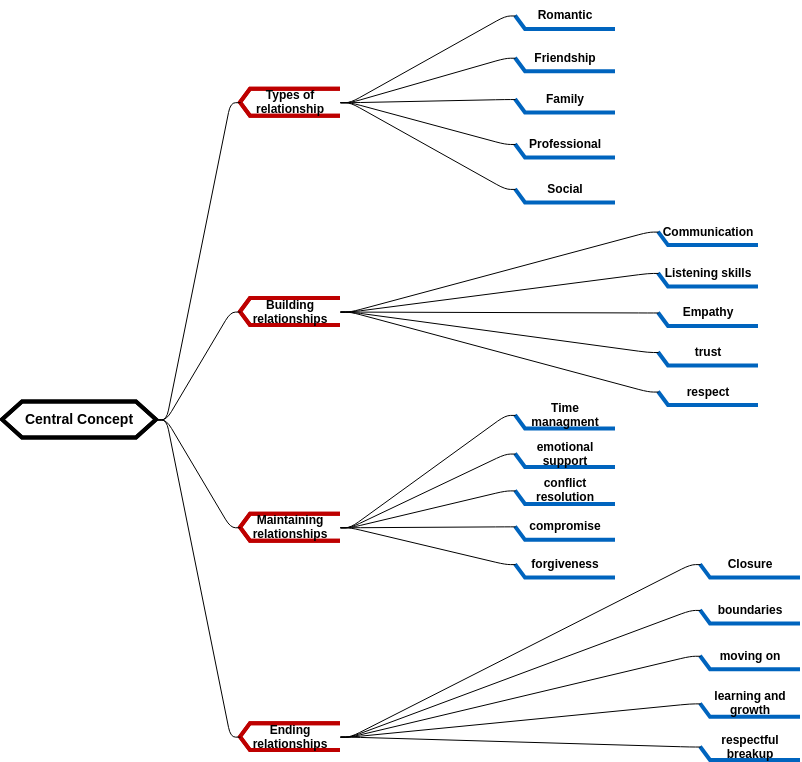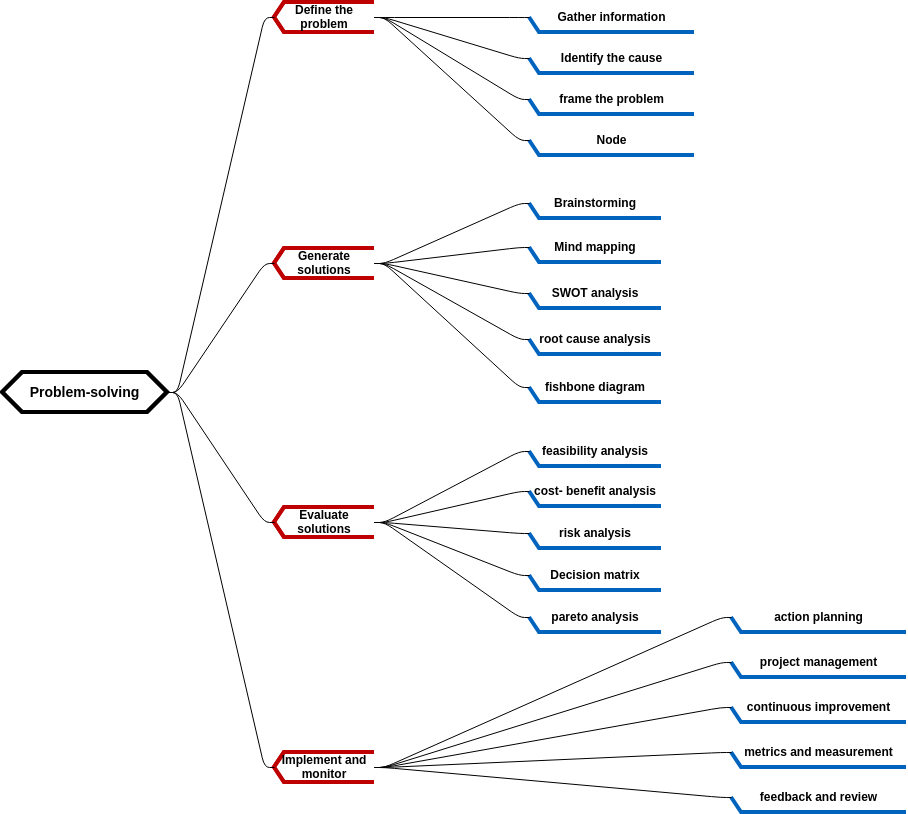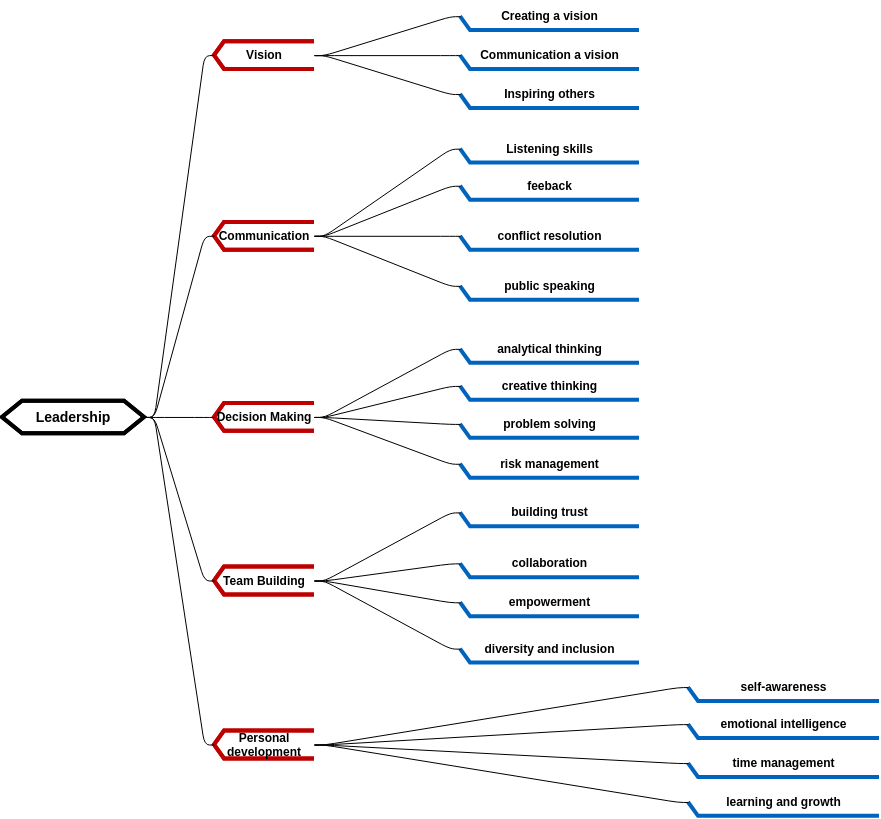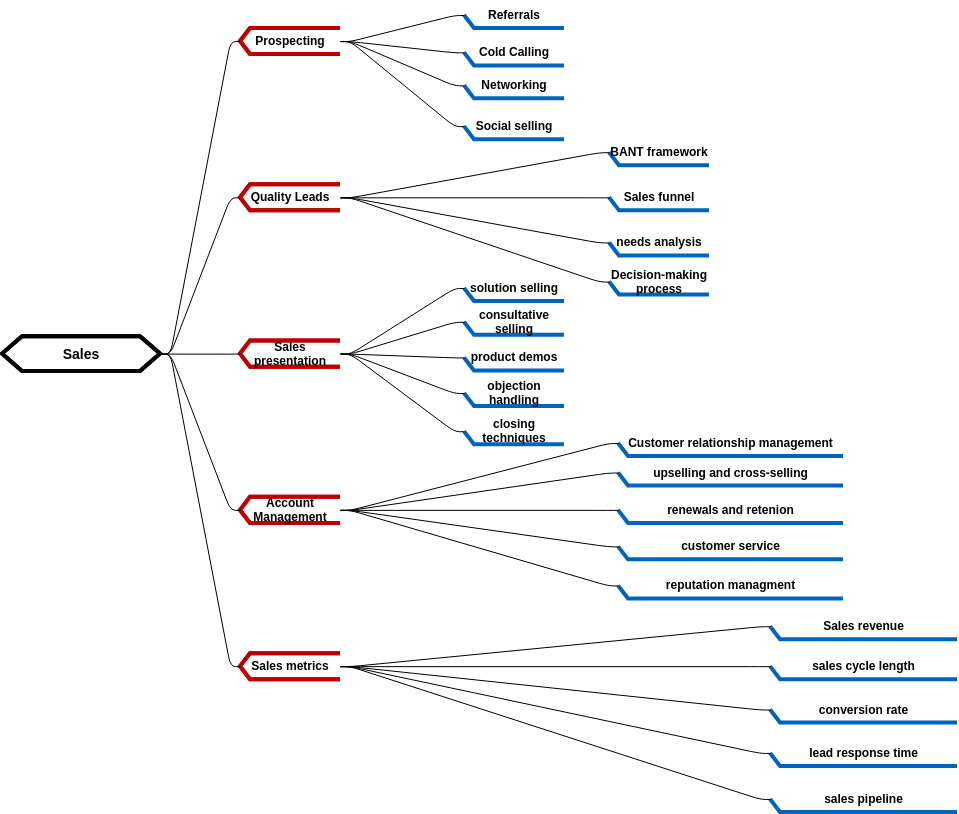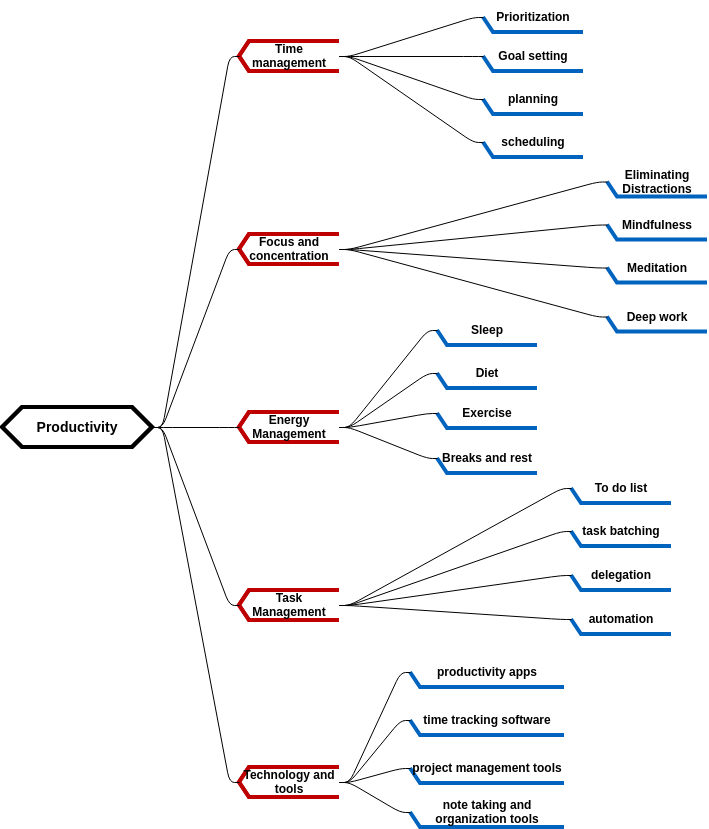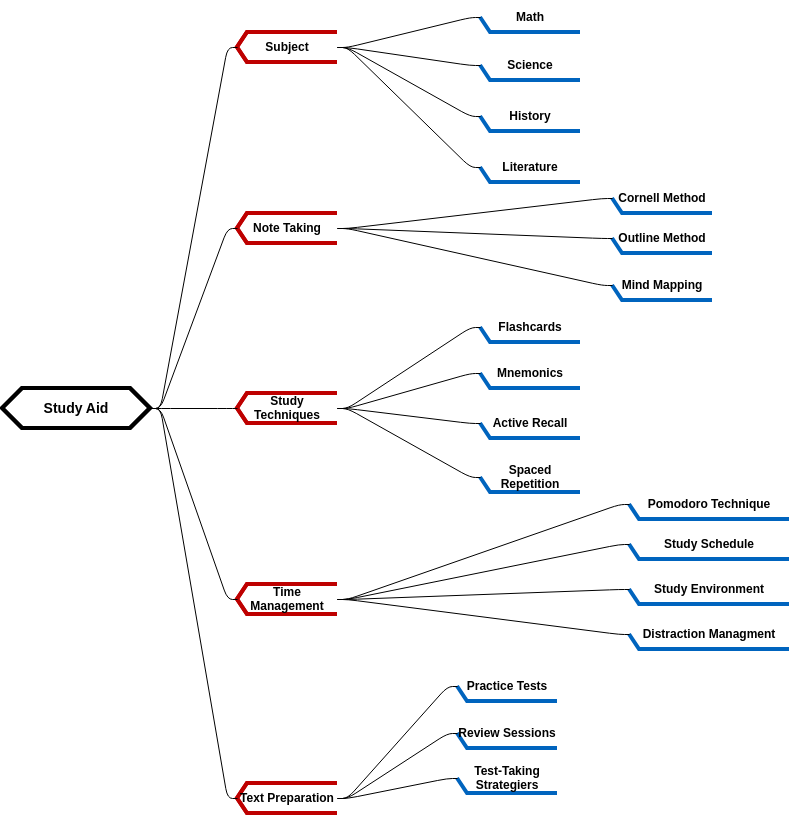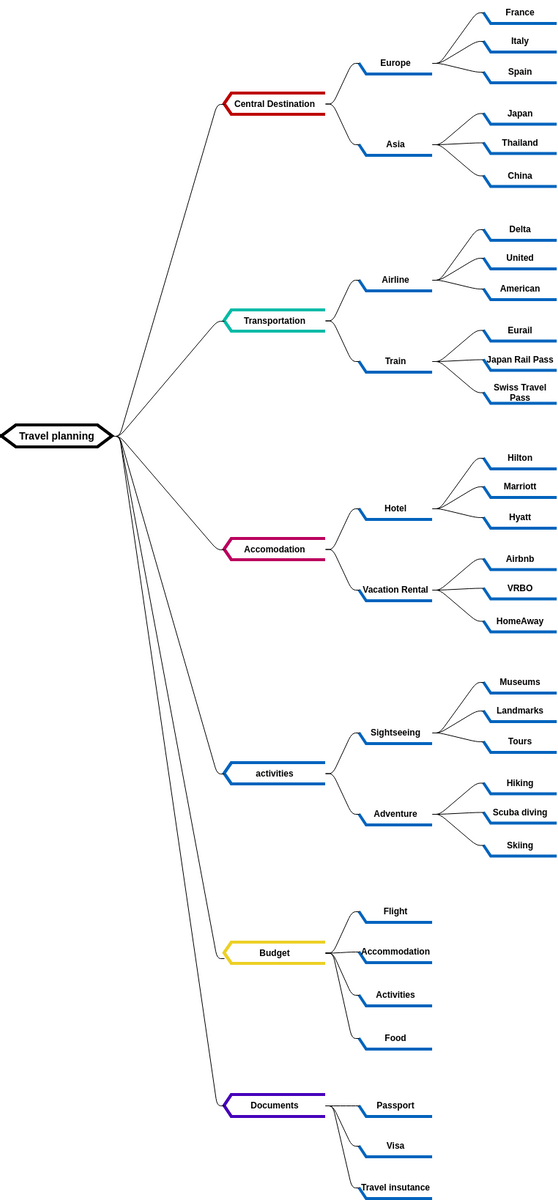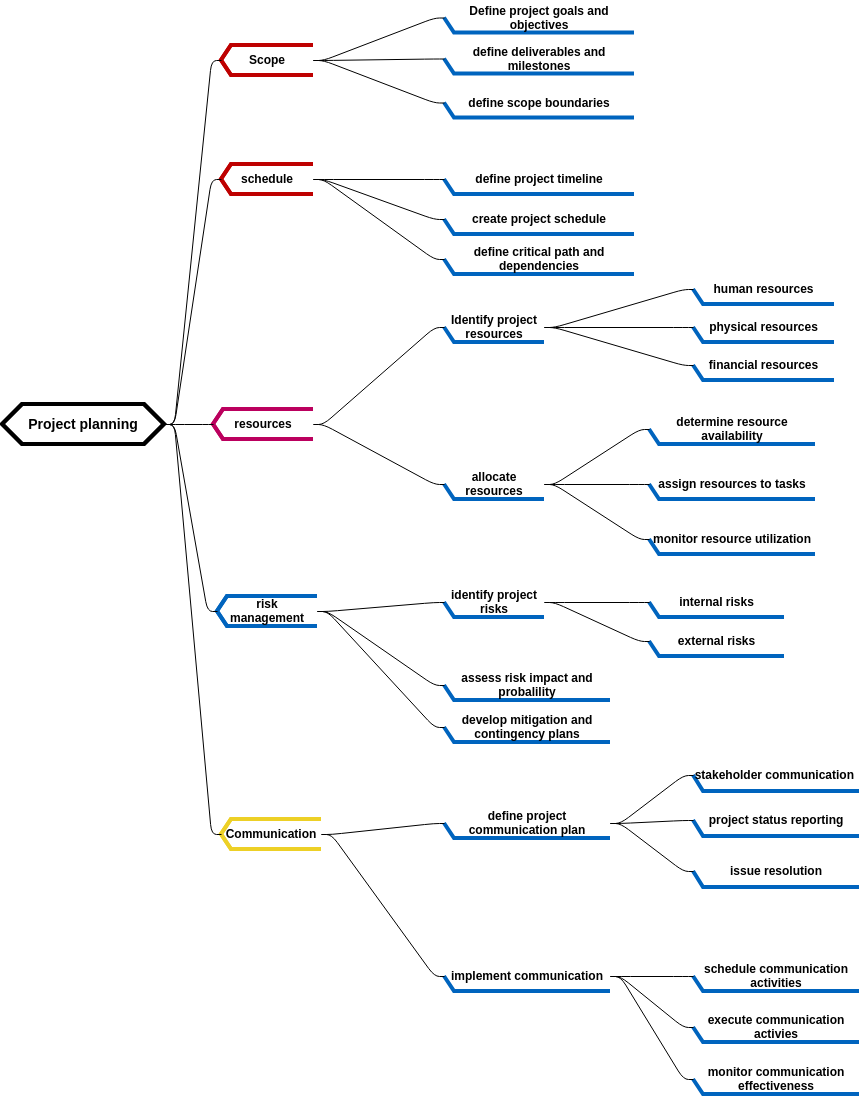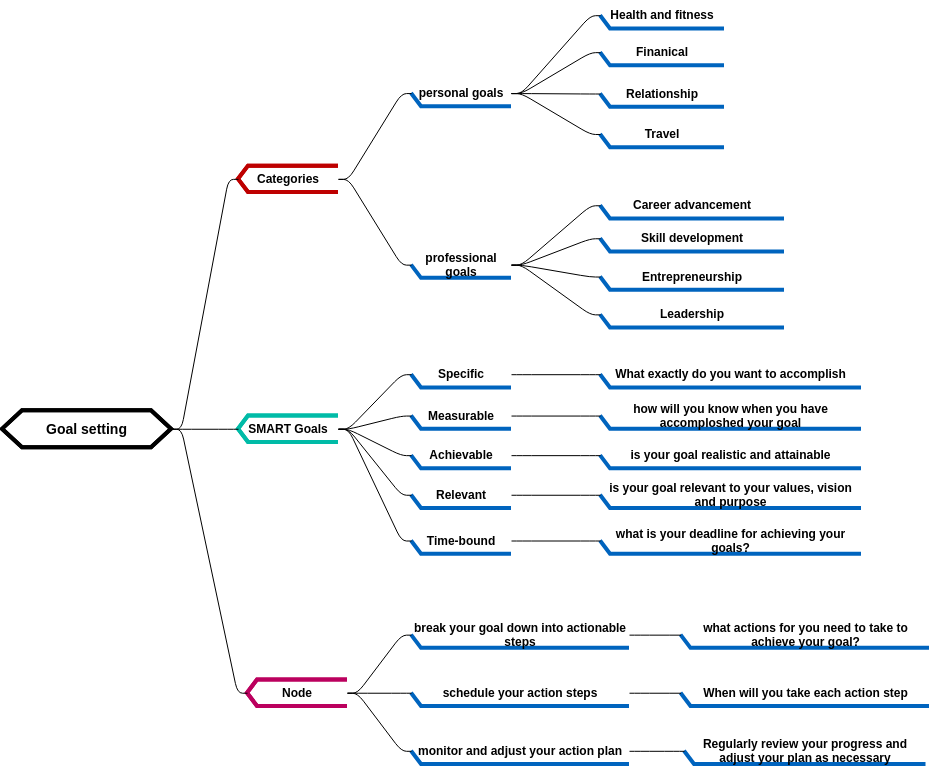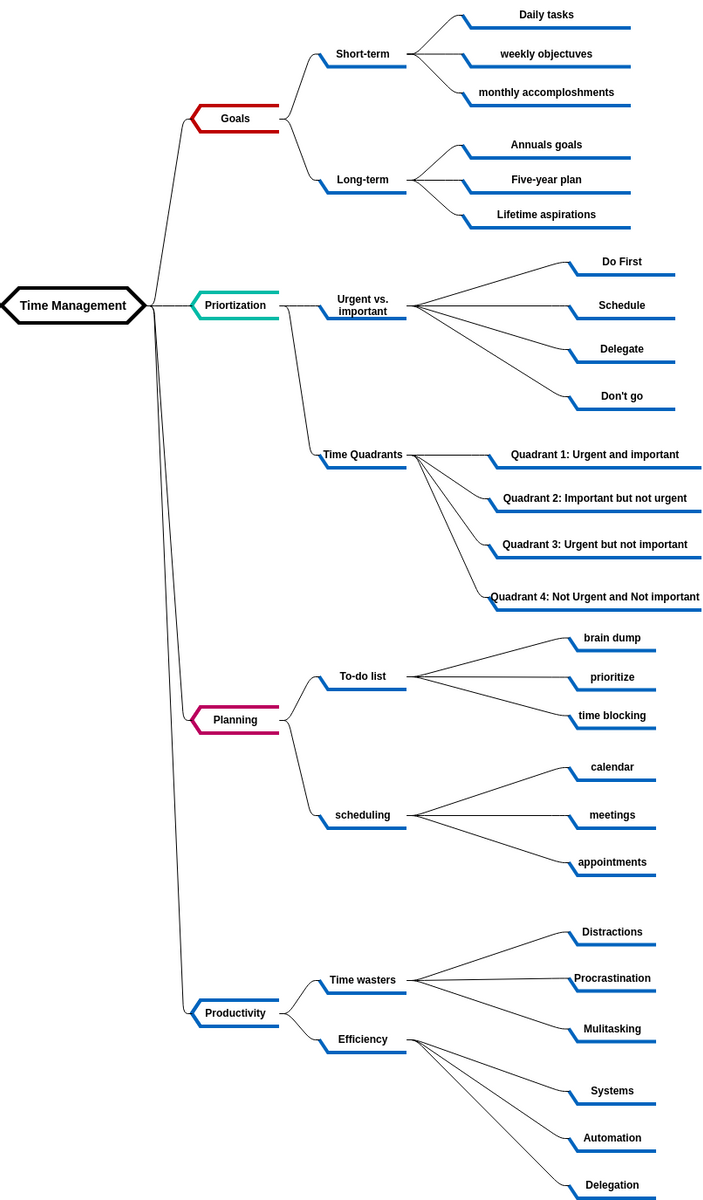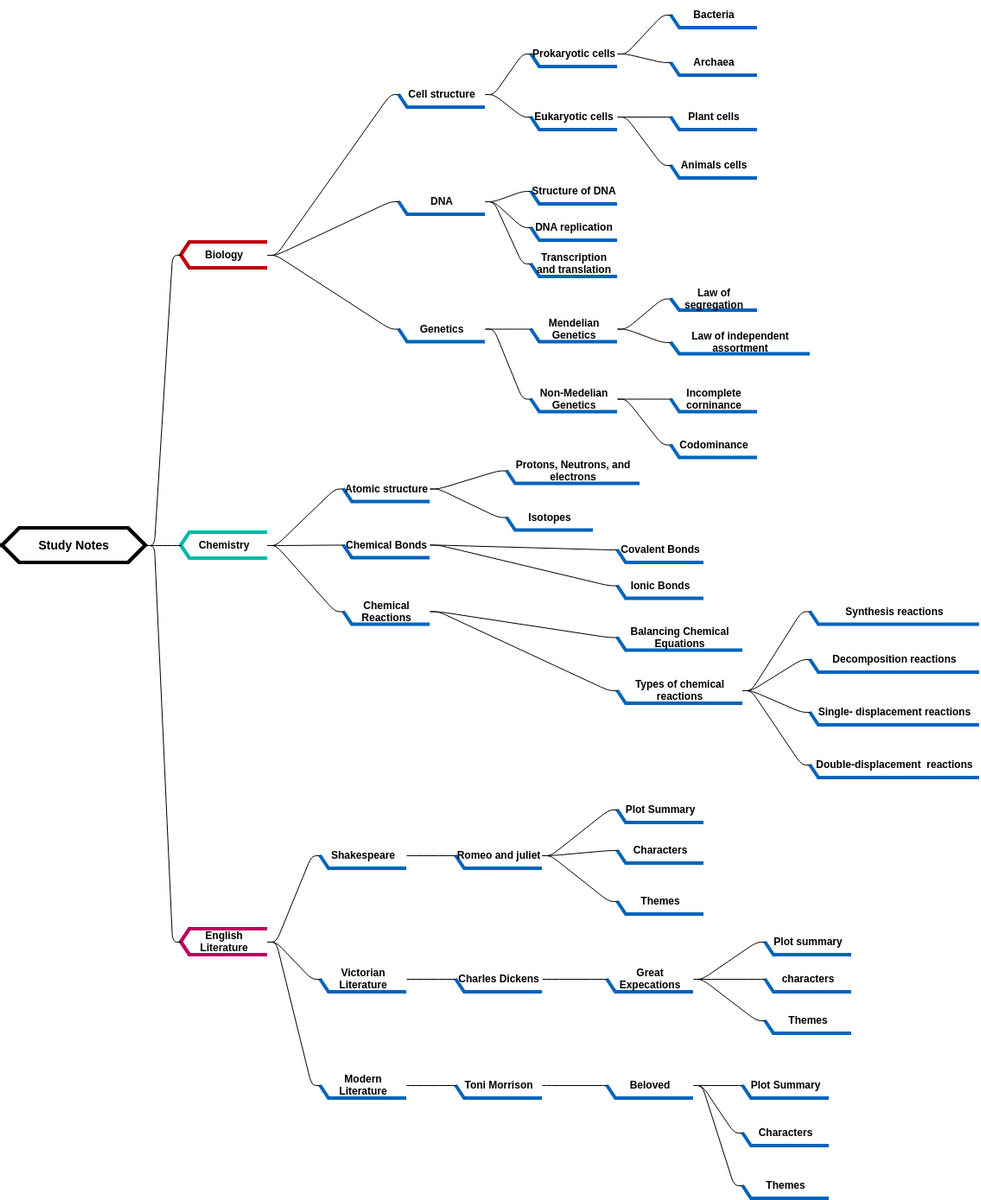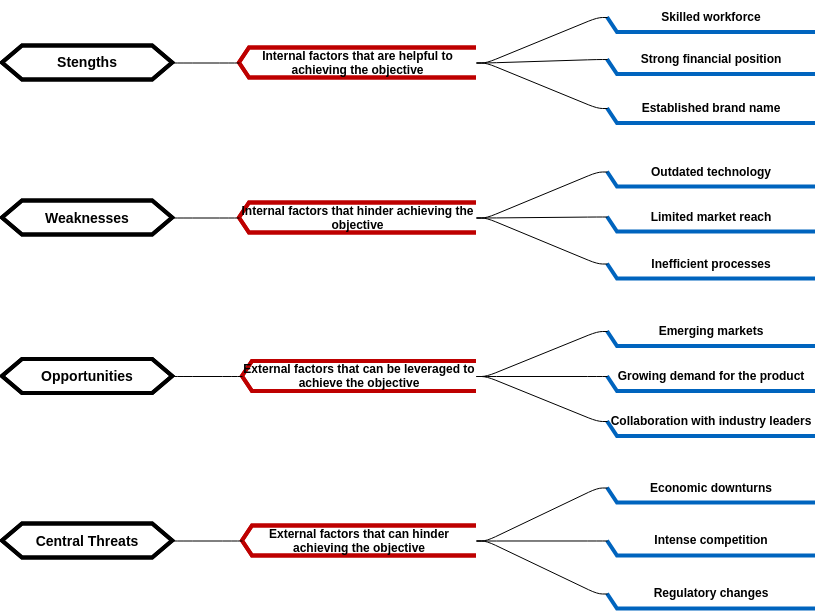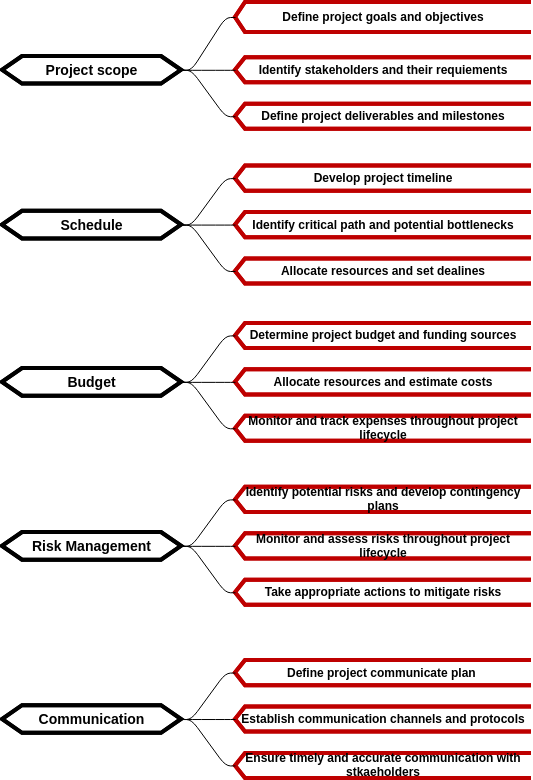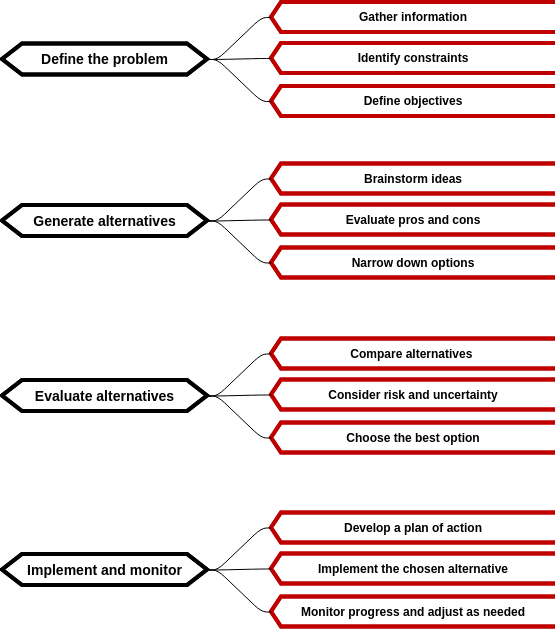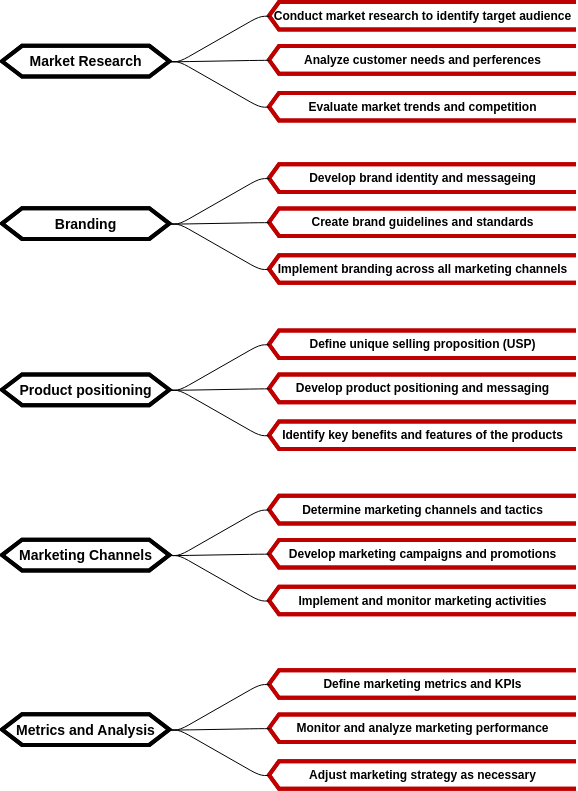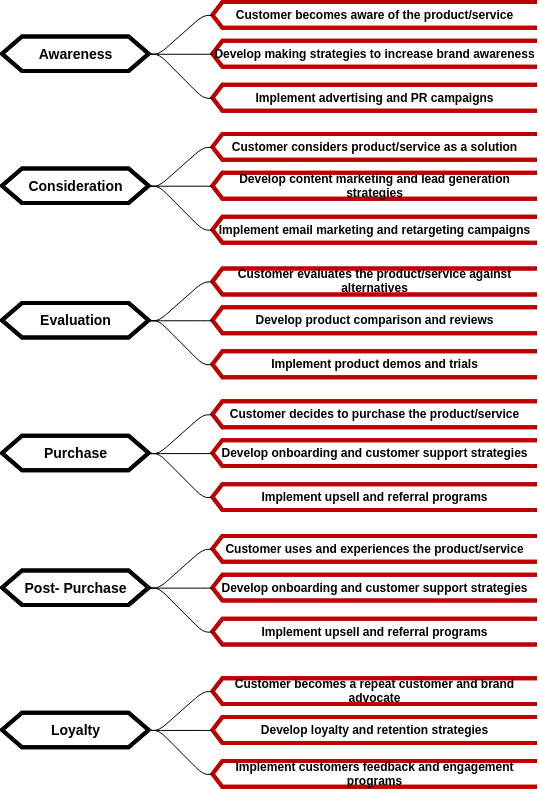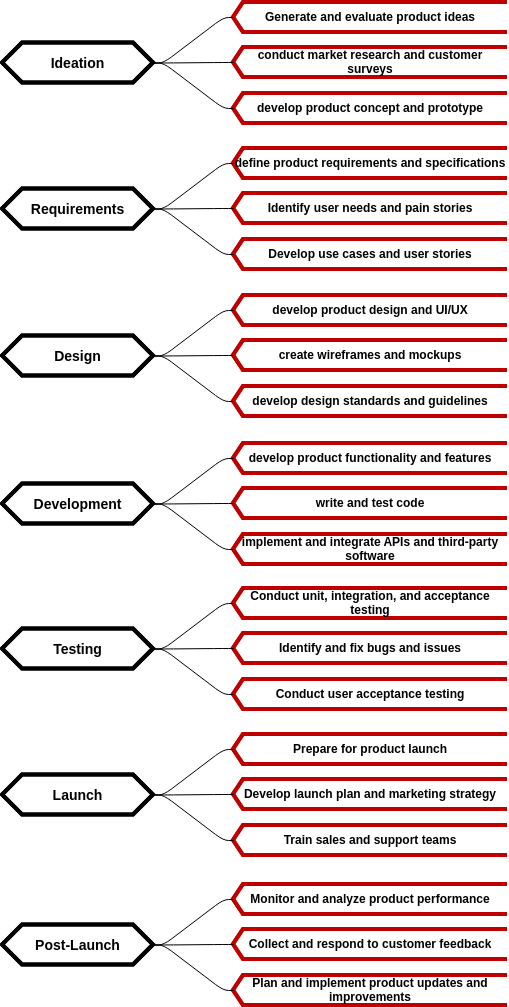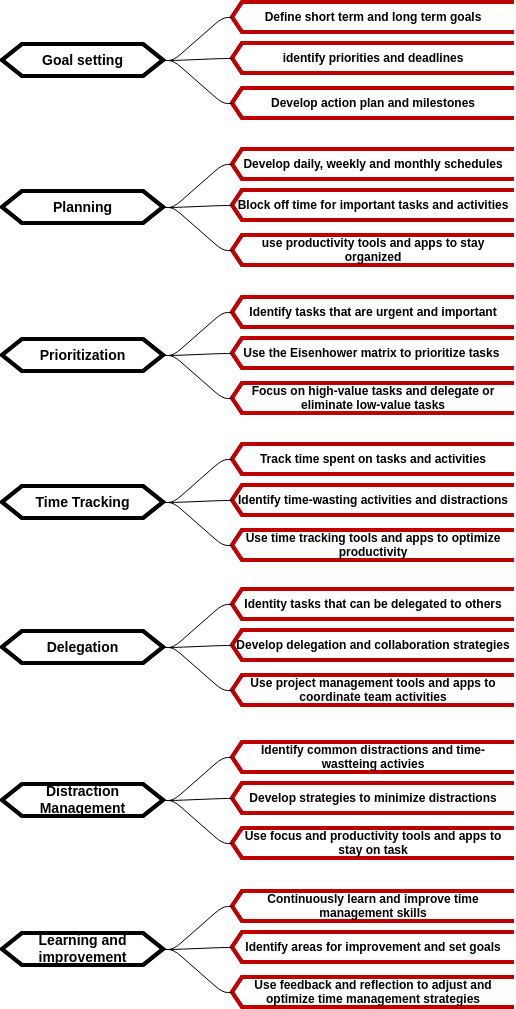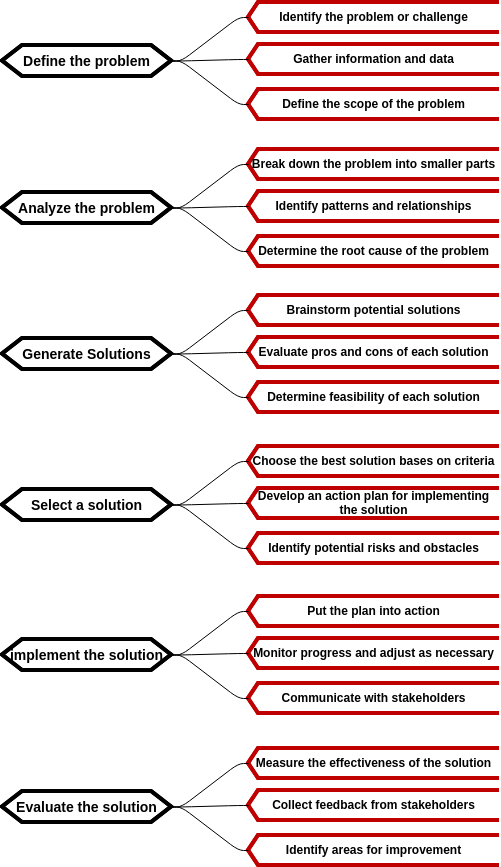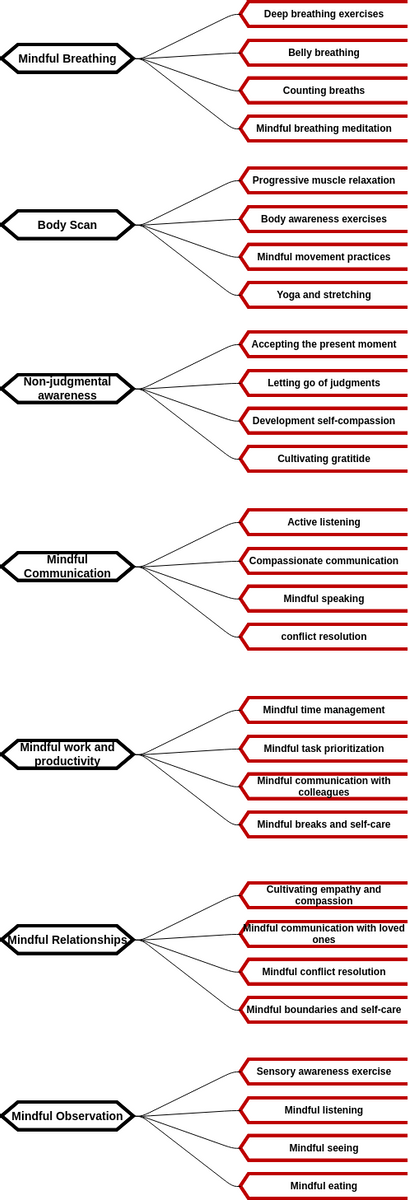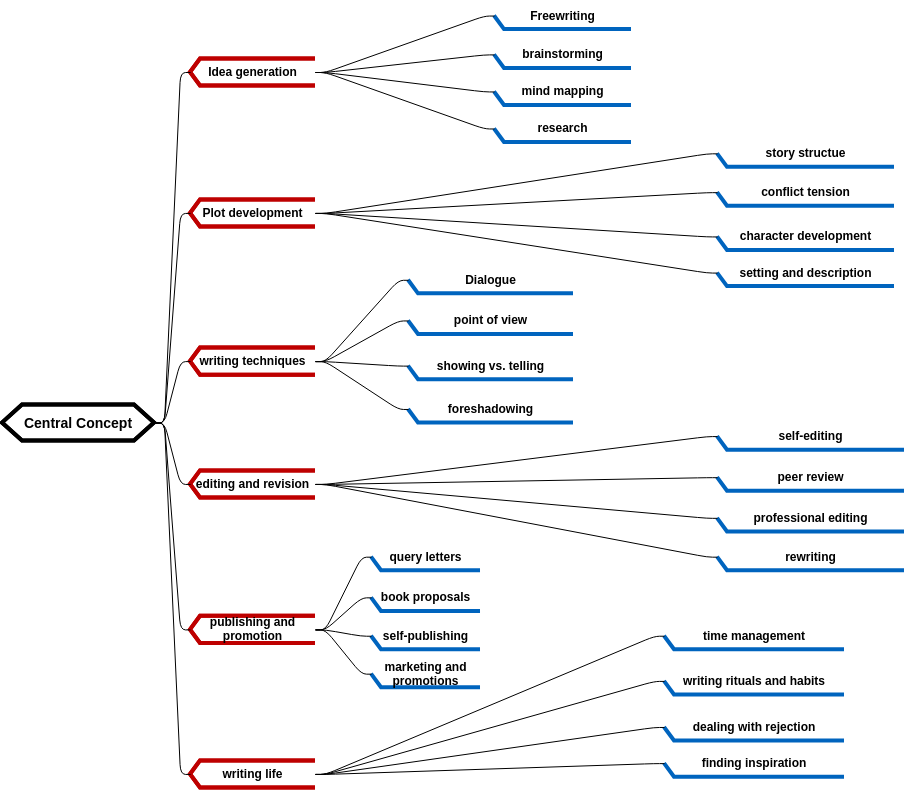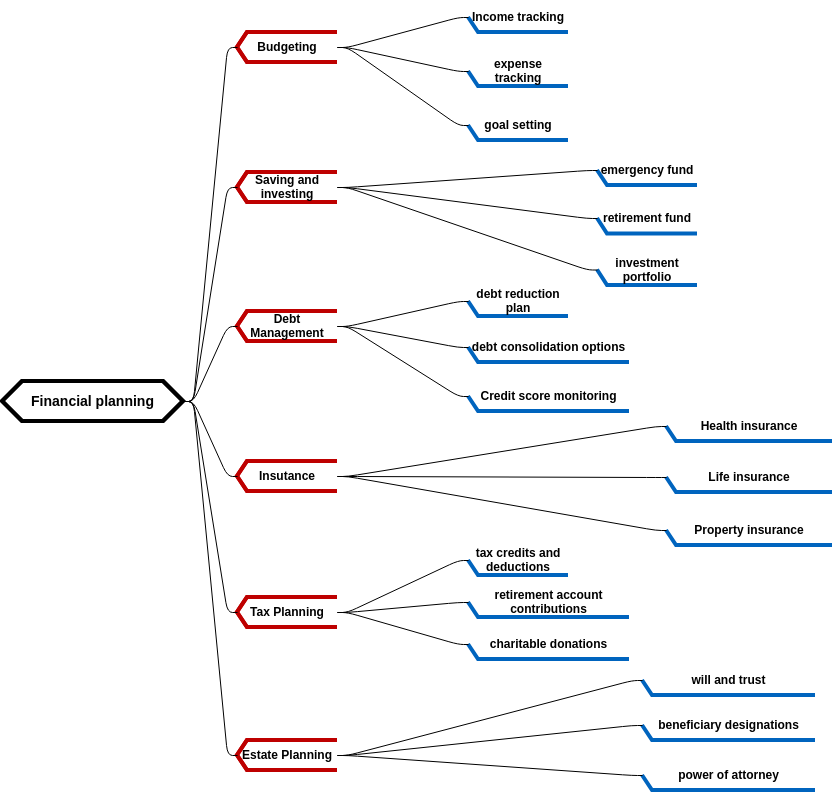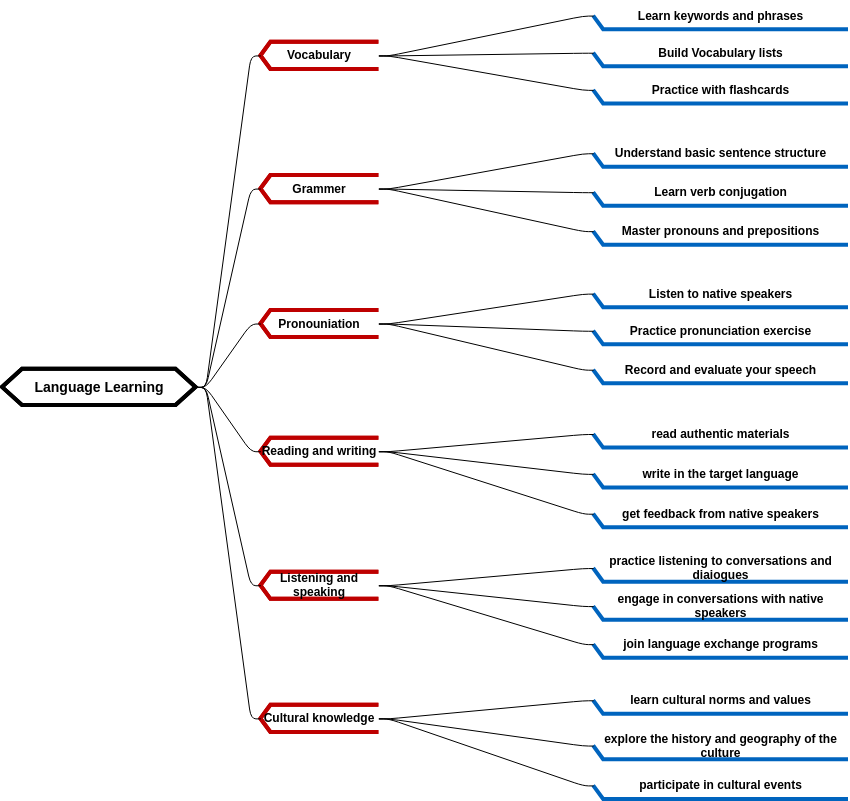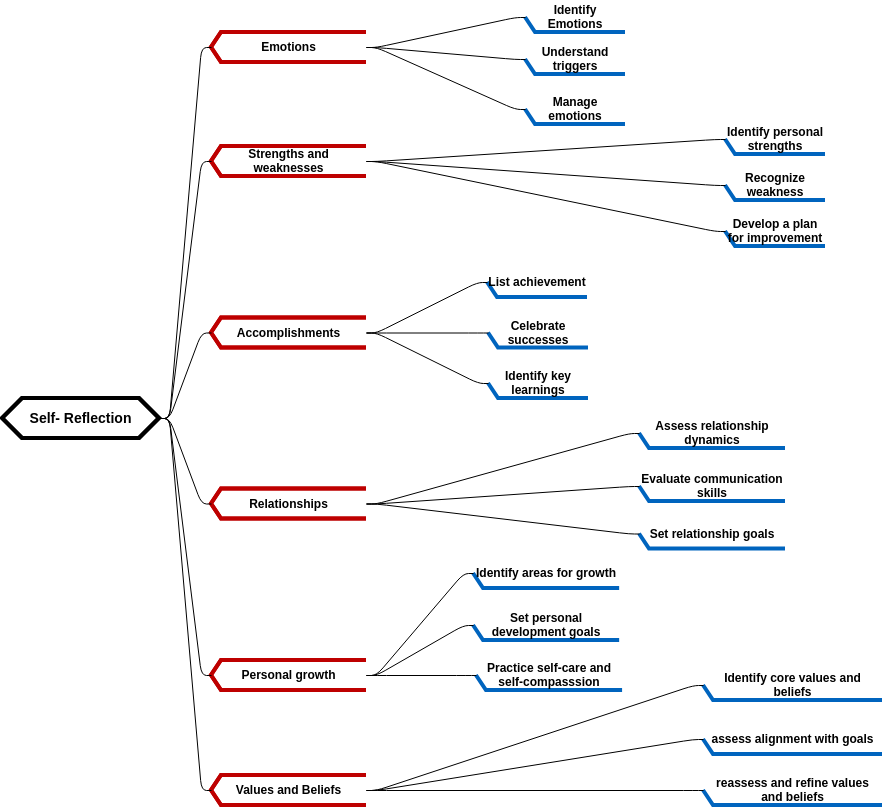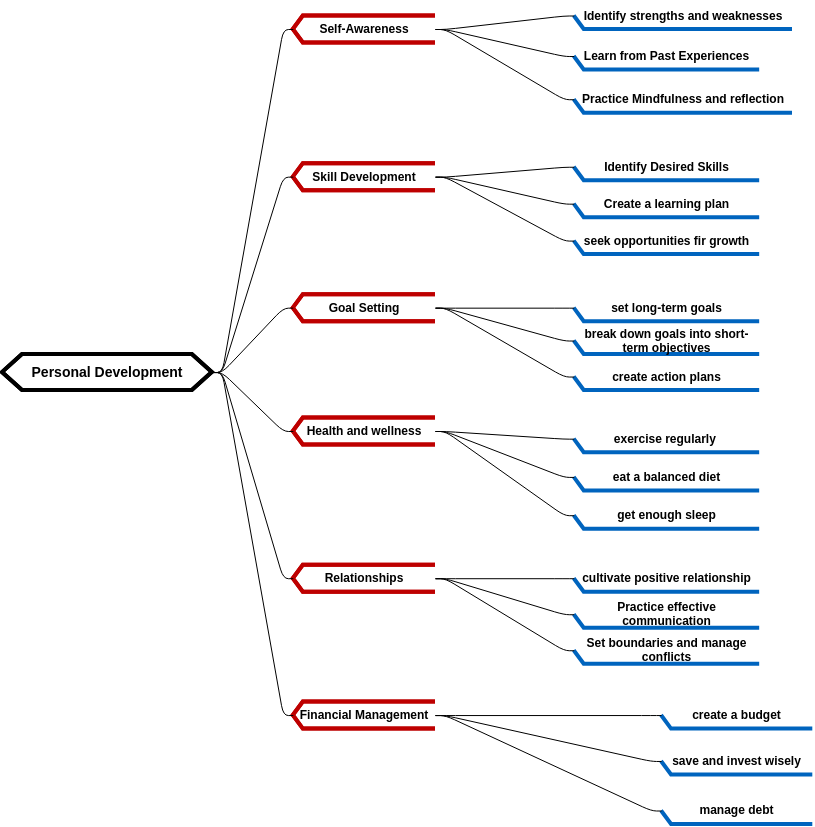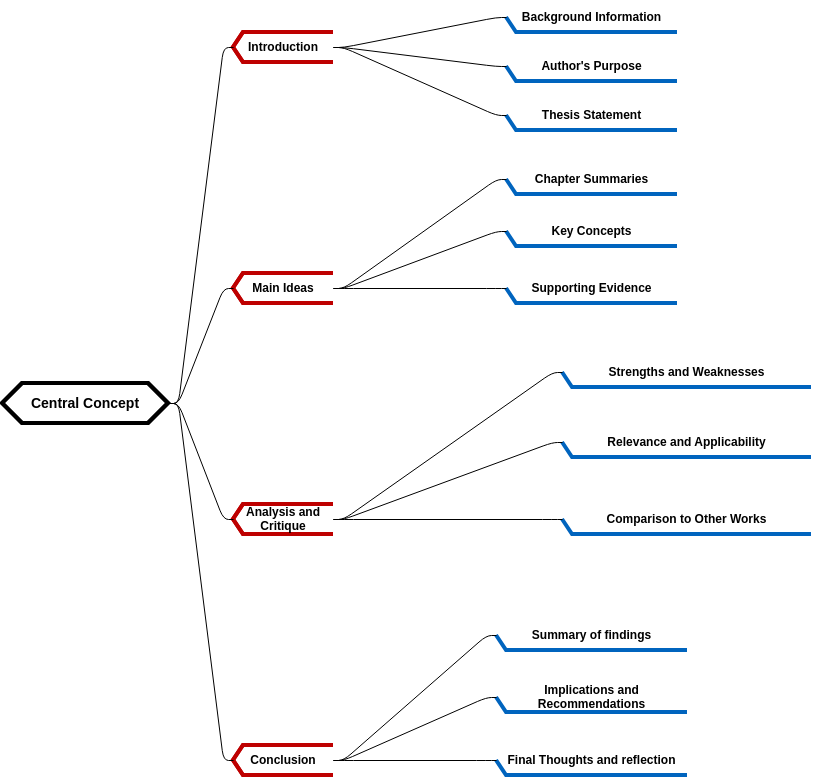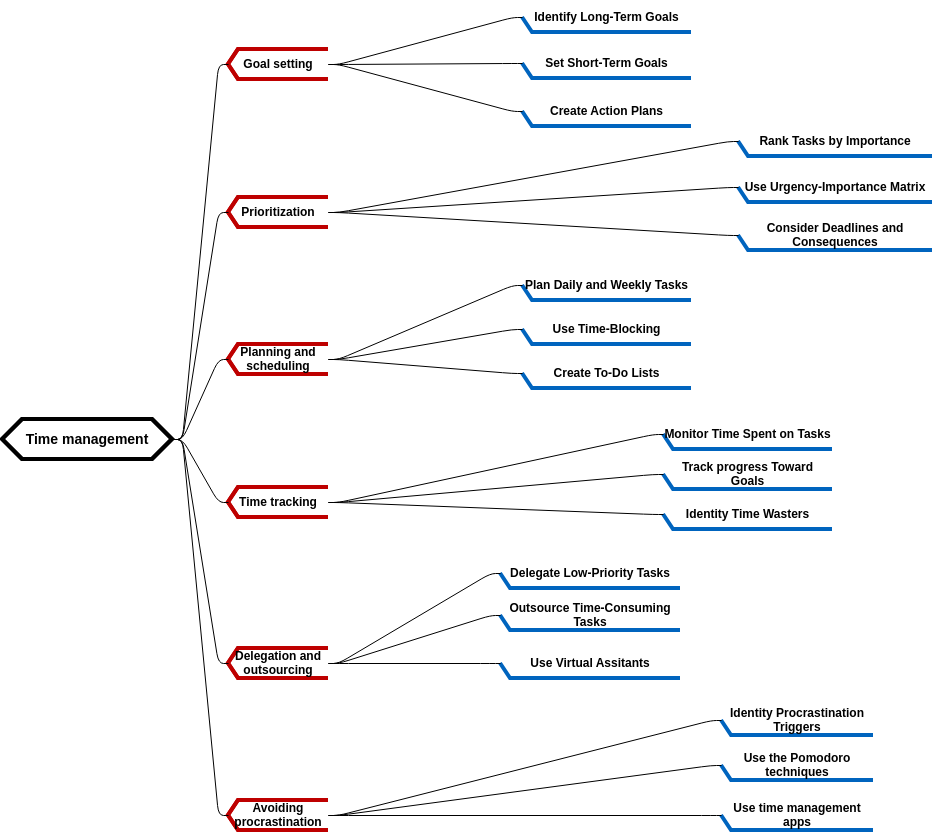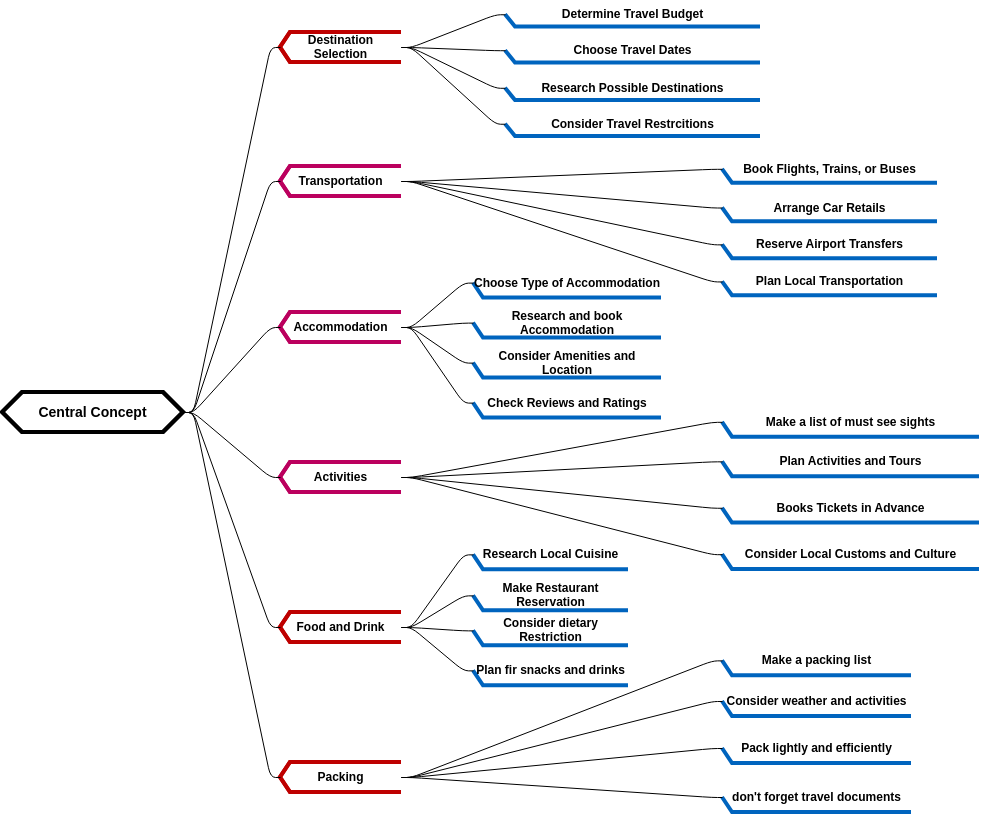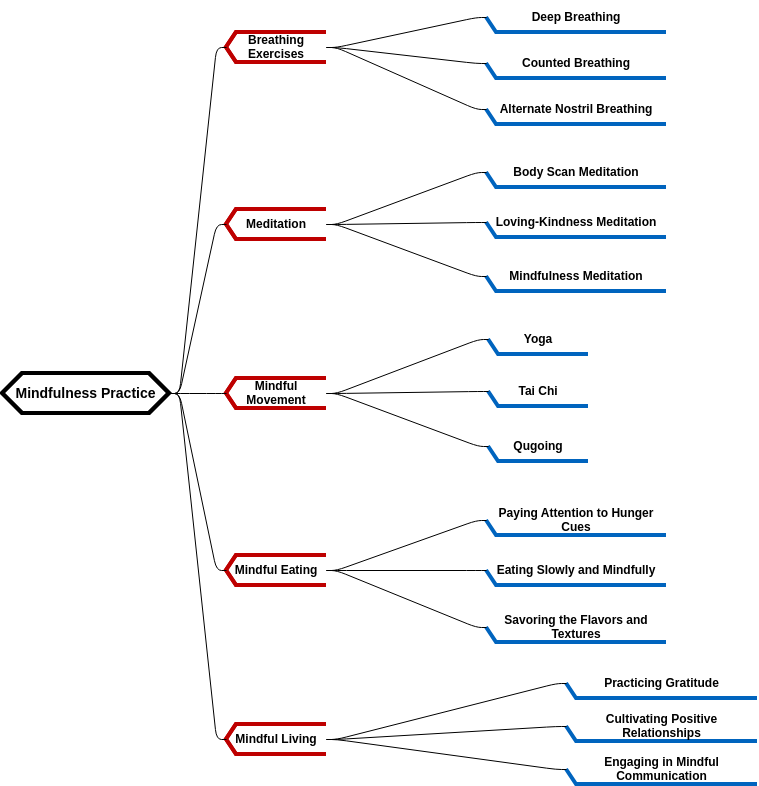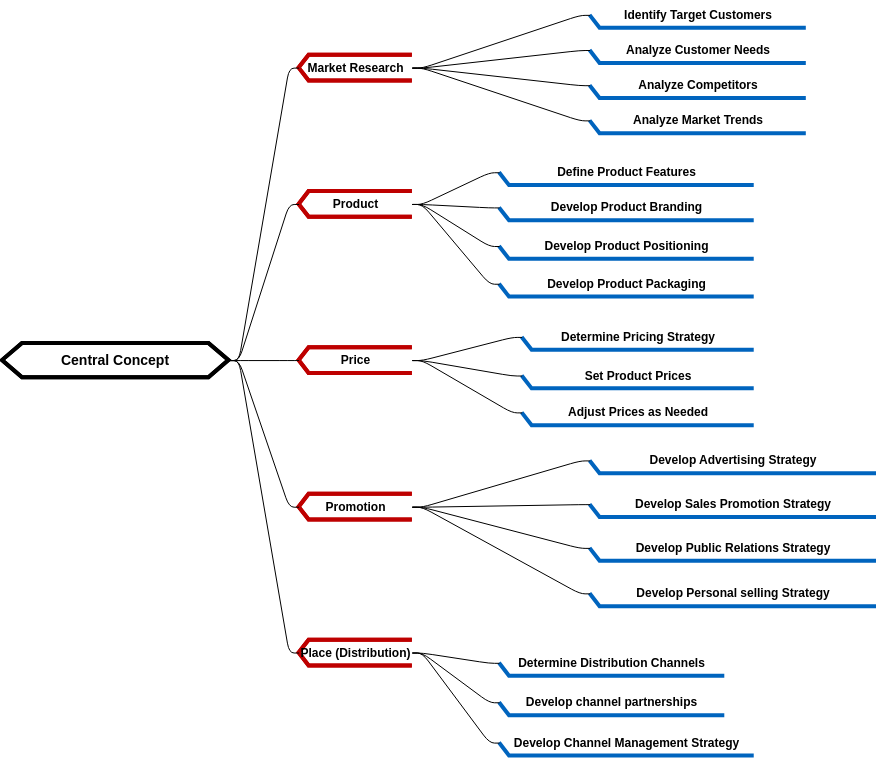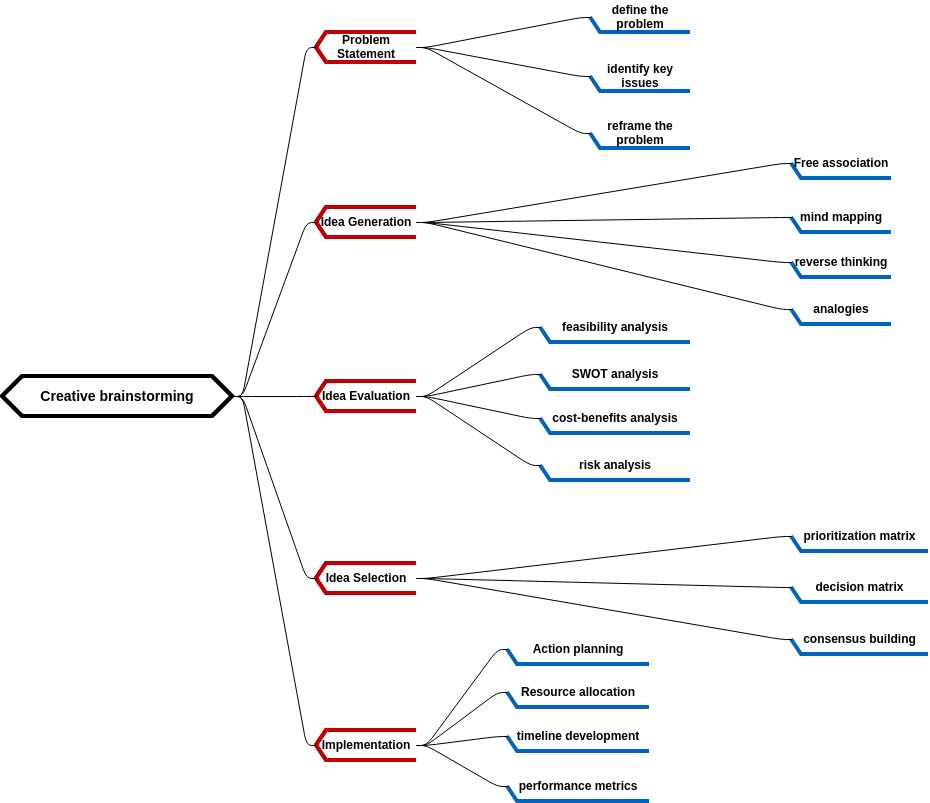Goal Setting Mind Map
The Goal Setting Mind Map provides a structured framework for setting and organizing goals across different subject areas. It starts with "Mathematics," where individuals can define goals related to arithmetic and mathematical problem-solving. These goals may involve improving calculation skills, understanding mathematical concepts, or achieving specific targets in mathematical proficiency.
Moving forward, the mind map addresses "Science" goals. This encompasses goals related to the physical sciences, such as physics and chemistry. Individuals can set goals to deepen their understanding of scientific principles, conduct experiments, or excel in specific scientific topics or concepts.
Next is "English Language Arts," which focuses on goals related to language and literature. Individuals can set goals to enhance their reading comprehension, develop strong writing skills, or explore different genres and literary works. These goals may involve improving vocabulary, analyzing literary devices, or engaging in creative writing activities.
Lastly, the mind map highlights goals in "Social Studies" and specifically, "Geography." Individuals can set goals to expand their knowledge and understanding of global and regional geography. This may involve learning about different countries, exploring cultural diversity, or understanding geographic phenomena and their impact on societies and the environment.
Pros of creating this mind map
Creating the Goal Setting Mind Map offers several advantages. Firstly, it provides a visual and organized framework for goal setting. The mind map allows individuals to clearly see and categorize their goals across different subject areas. This visual representation enhances clarity and makes it easier to track progress and prioritize goals. It also helps individuals stay focused and motivated by providing a visual reminder of their objectives in each subject.
Secondly, the mind map promotes a well-rounded and balanced approach to goal setting. By categorizing goals according to subject areas such as mathematics, science, English language arts, and social studies (specifically geography), individuals ensure that they set goals across a diverse range of disciplines. This holistic approach ensures that individuals develop a comprehensive skill set and knowledge base, fostering a well-rounded education.
Furthermore, the mind map encourages effective planning and organization. By mapping out goals in each subject area, individuals can develop a clear roadmap for achieving their objectives. They can break down complex goals into smaller, actionable steps, making them more attainable and manageable. The mind map also facilitates tracking progress and evaluating performance, as individuals can visually assess their achievements and identify areas that require further attention or effort.
Searching for some flowchart templates? Go to Visual Paradigm Online and select some designs for customization now!
